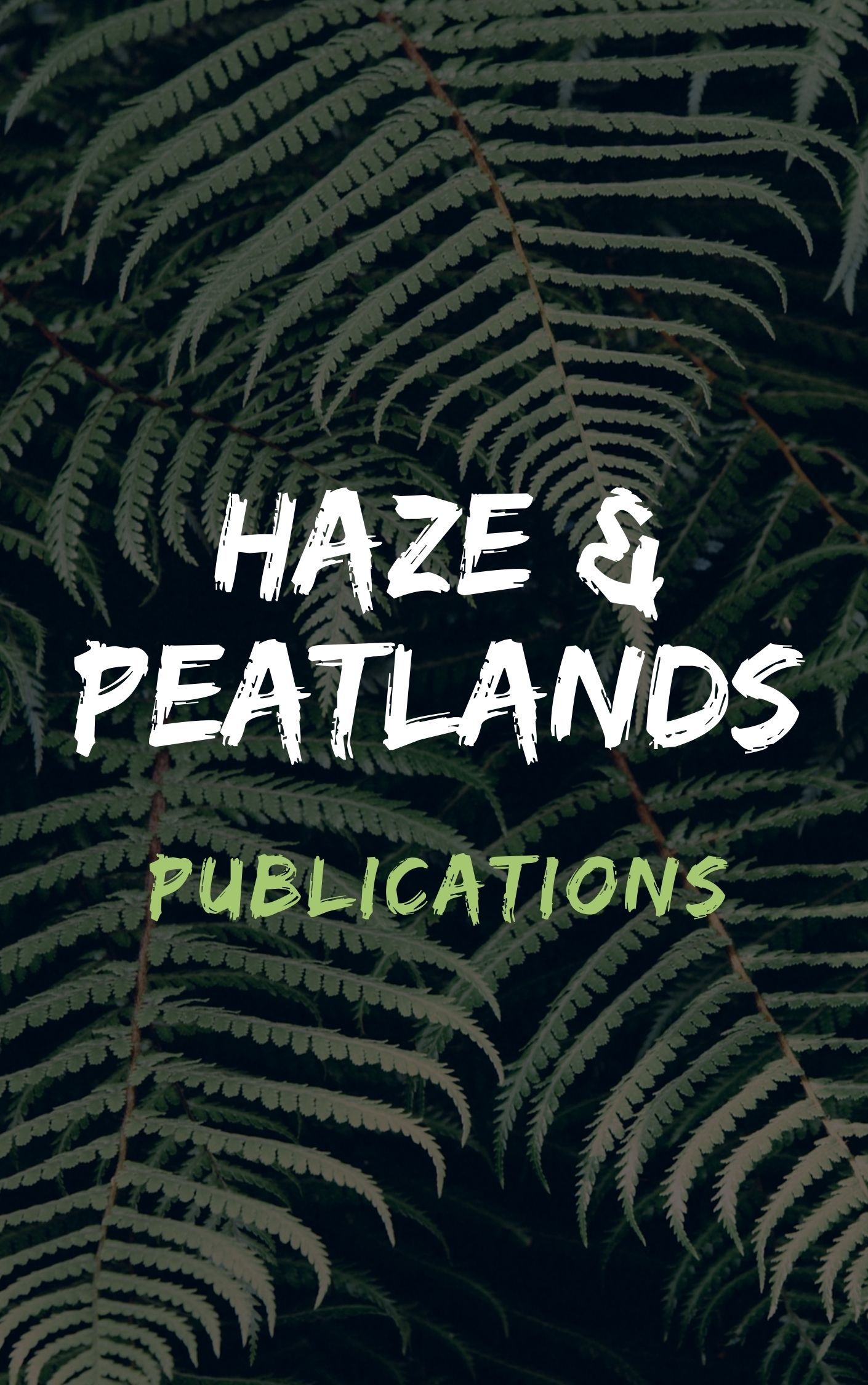Tropical peatlands play an important role as carbon pools. Over the last decades, deforestation and degradation of Indonesian peatlands have led to a significant amount of carbon loss. Anthropogenic fires damage the ecology, the economy, and the public health of the entire region. This PhD is based on a case study in Ogan Komering Ilir (OKI) district of Indonesia. In OKI, traditional practices discard unwanted biomass with open fires, and often result in peat fires. We considered different scenarios of biomass valorisation to incite changes of practices, and to reduce peatland fires. We assessed the feasibility of converting aboveground biomass into bioenergy or other ligno-cellulosic materials. We estimated a business as usual (BAU) scenario by evaluating sources of emission of the current land management. We investigated potential mitigation scenarios, including biomass valorisation and peatland restoration, as alternative land management options. We evaluated the impact of these mitigation scenarios on climate change, according to their economic limitations. The analysis of GHG emissions in the BAU scenario shows that areas affected by fire release 70 ± 30, 140 ± 31 and 160 ± 27 Tonnes CO2-eq/ha/yr for degraded peatland, oil palm plantations and pulpwood plantations, respectively. Areas not affected by fires release 19 ± 12, 85 ± 21 and 108 ± 15 Tonnes CO2-eq/ha/yr, respectively. For the restoration scenario, we found similar GHG emissions of –0.9 Tonnes CO2-eq/ha/yr for the three land uses. Encouraging the biomass market in the areas where it is profitable for farmers could help reducing fire occurrences, without government investment. We instead suggest focusing government efforts on other methods such as incentive payments, or peatland restoration strategies, in the areas where biomass market is not economically viable. For the region, we find that biomass valorisation can reduce the GHG emissions by 4% to 6% compared to the BAU. As such, biomass valorisation is a promising alternative to current practices, potentially reducing the negative impact of fires while generating a new income for the population. © 2021, Bois et Forêts des Tropiques.
View source

